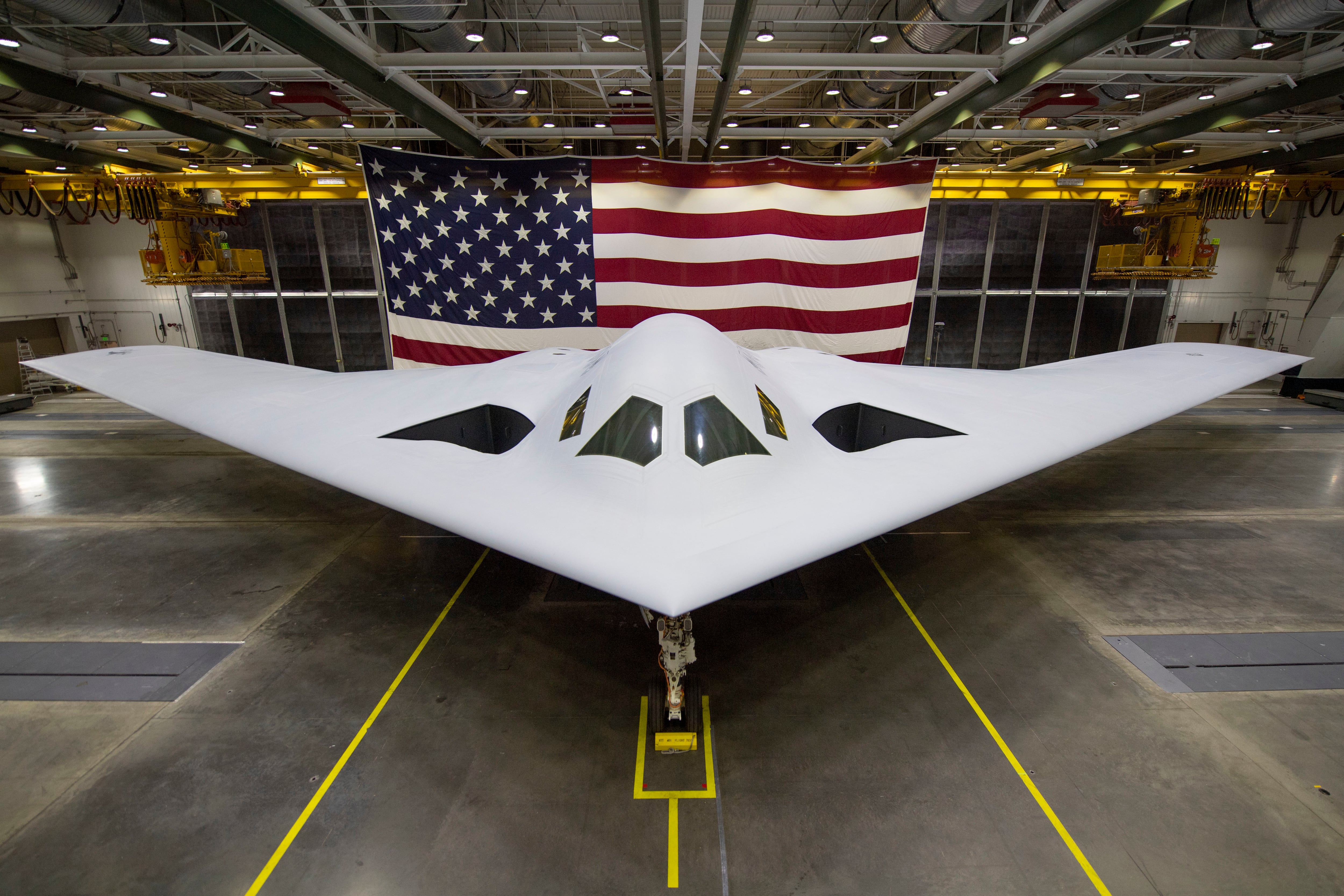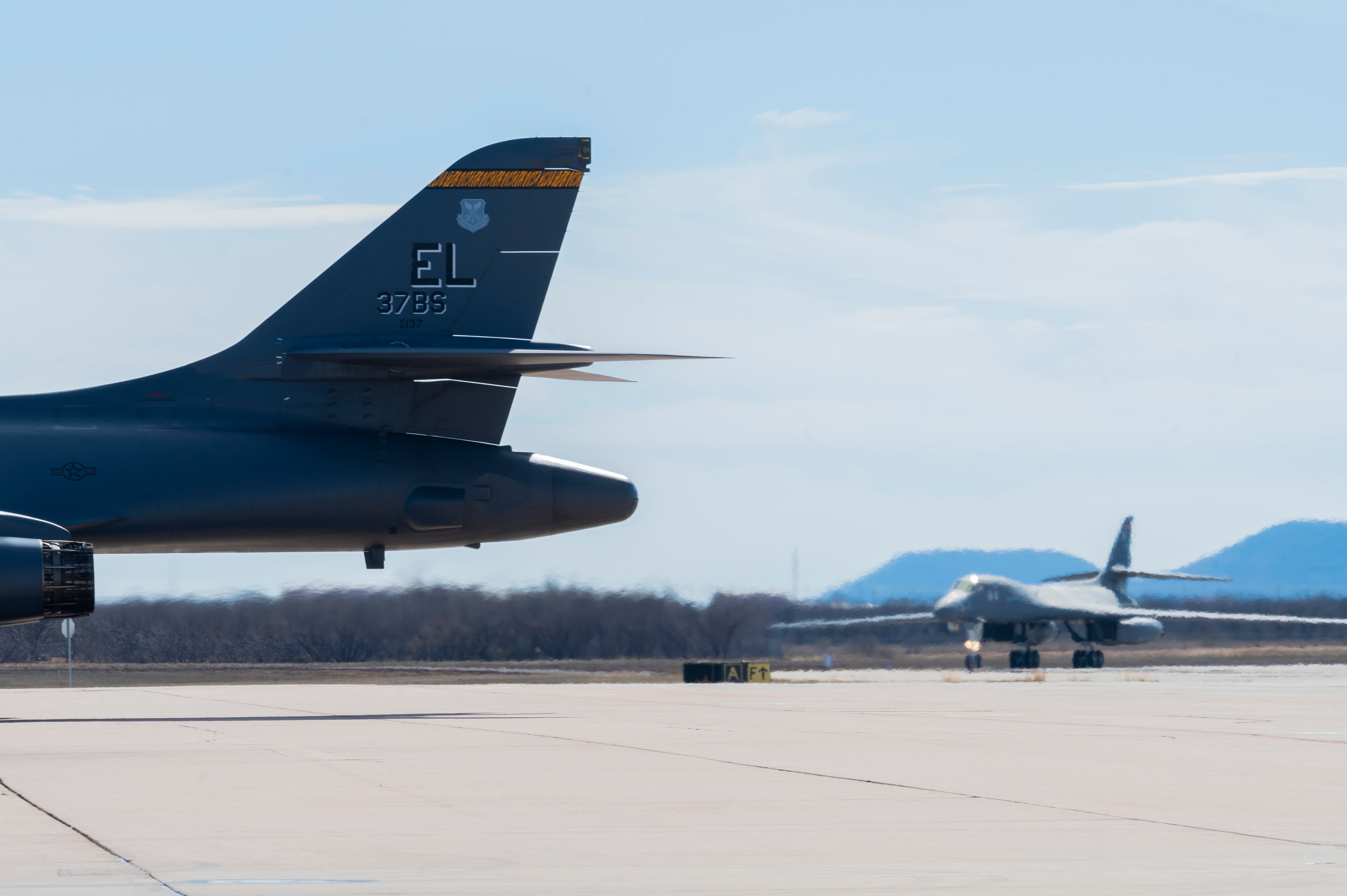Ellsworth Air Force Base is moving some of its B-1B Lancer bombers from South Dakota to Dyess Air Force Base, Texas, as investigators continue to look for clues into what caused the nonfatal crash of a Lancer earlier this month.
Ellsworth began relocating its bombers around 9:30 a.m. local time Thursday, and the mission continued throughout the afternoon, 28th Bomb Wing spokesman Steve Merrill told Air Force Times.
Merrill said “several” aircraft were part of the move, but declined to provide an exact number. About 250 aircrew, maintainers and logistics support personnel accompanying the jets are expected to work at Dyess for “several” weeks, said Capt. Hannah Durbin, a spokesperson for the 7th Bomb Wing at Dyess.
“It’s not out of the ordinary to have jets from different squadrons included in training packages, whether we are operating at home or deployed,” Col. Seth Spanier, commander of the 7th Bomb Wing, said in a statement. “But anytime we have the opportunity to share knowledge and experiences across squadrons is extremely valuable and contributes to the overall readiness and lethality of the conventional bomber force.”
Flight operations at Ellsworth, which features a single runway, have been halted since Jan. 5, the day after the crash. They were slated to resume Jan. 19, but investigators are still working at the scene, Merrill said. The move allows airmen to continue to train and maintain readiness.
Merrill told Air Force Times Thursday that the downed aircraft remains along the runway. The base worked with investigators to open the airfield to enable the flights and closed it again Thursday.
“This clearly shows the Raiders of the 28th Bomb Wing are capable of executing our mission and remain ready at a moment’s notice to respond to any tasking we are given when called upon,” Col. Derek Oakley, 28th Bomb Wing commander, said in a statement. “It also reassures our allies and partners that we are steadfast in supporting them when needed, and also reminds our nation’s adversaries of the capabilities we are able to bring to any fight, anywhere around the globe.”
“We consider our airfield a weapon system,” Oakley added. “While our airfield operations are currently on hold as part of the investigation, today, we proved that this weapon system is mission capable.”
RELATED

The downed B-1 was one of two Lancers participating in a local training mission on Jan. 4. The first aircraft landed safely, while the second crashed on approach in low visibility and freezing conditions around 5:50 p.m. local time. Firefighters extinguished a blaze at the crash site.
All four crew members ejected safely; three were treated at the scene while a fourth was taken to a local hospital. The man has been released and is recovering, Merrill said Thursday.
The service’s B-1 fleet, housed at Dyess and Ellsworth, has shrunk from about 100 to 45, including the Lancer that crashed.
The B-1 is a supersonic bomber capable of carrying conventional weapons. The first Lancer was delivered to the Air Force in 1985 and first deployed in combat in Iraq in 1998.
Courtney Mabeus-Brown is the senior reporter at Air Force Times. She is an award-winning journalist who previously covered the military for Navy Times and The Virginian-Pilot in Norfolk, Va., where she first set foot on an aircraft carrier. Her work has also appeared in The New York Times, The Washington Post, Foreign Policy and more.




